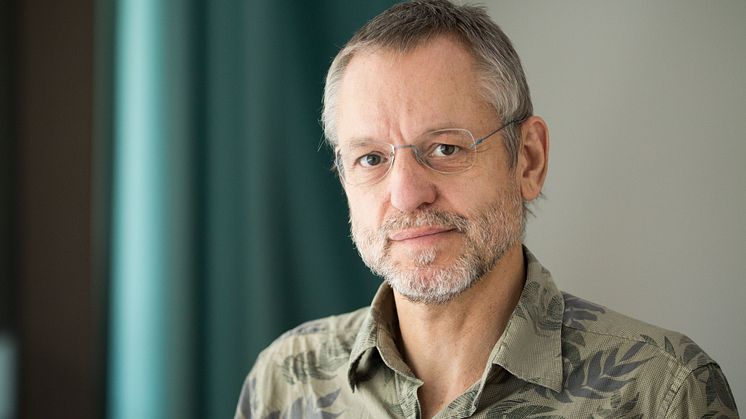Press release -
Some increase in cancer after 1986 Chernobyl disaster
The nuclear accident in Chernobyl in 1986 led to the spread of radioactivity across Sweden and Europe. In a long-term study now published in Environmental Epidemiology, researchers have used new, more specific calculation methods to show the connection between radiation dose and certain types of cancer.
Peer review/ Observational study/ People
The current study is a long-term follow-up covering all the inhabitants – 2.2 million – who were living in nine counties in 1986 (Norrbotten, Dalarna, Södermanland, Jämtland, Västmanland, Gävleborg, Västerbotten, Uppsala and Västernorrland). These counties contain people with varying doses of radiation from the Chernobyl fallout, caused by ingestion of contaminated food and from the surface of the soil, and who were monitored by the National Cancer Register up until 31 December 2020. Previous follow-ups carried out in Sweden, the most recent in 2010, have shown a certain overall increase in all cancers linked to the soil.
“The big difference compared to those studies is that we have now developed and deployed a dose calculation programme to be able to calculate the radiation doses in the various organs of the body from soil and food,” explains Martin Tondel, Researcher in Occupational and Environmental Medicine at the Department of Medical Sciences, Uppsala University and Uppsala University Hospital.
In the study, the researchers compared the calculated radiation doses from soil and different foods in various bodily organs to the occurrence of different forms of cancer. They also adjusted for potentially influential factors such as underlying cancer incidence in the counties before the Chernobyl accident, living in urban/sparsely populated areas, education level, age and gender.
The results show a slightly increased incidence of cancer in the colon, pancreas and stomach in men and a certain increase in lymph node cancer in women. However, the increases in risk are small and do not affect the risk assessment on an individual level, the researchers say, and they emphasise that it is important to interpret epidemiological results with caution.
“Proven connections do not mean that we can safely say that radiation is also the cause. But studies following nuclear accidents are very important in terms of gaining more knowledge about radiation and cancer and for developing research methods. For example, we have identified that a hunting lifestyle may have played a role in our results, which means that we will be able to draw even more reliable conclusions in future studies.”
Tondel, Martin et al.; Dose–response analysis of protracted absorbed organ dose and site-specific cancer incidence in Sweden after the Chernobyl nuclear power plant accident. Environmental Epidemiology 7(6):p e277, December 2023. | DOI: 10.1097/EE9.0000000000000277, https://journals.lww.com/environepidem/fulltext/2023/12000/dose_response_analysis_of_protracted_absorbed.6.aspx
For more information:
Martin Tondel, Researcher in Occupational and Environmental Medicine, Department of Medical Sciences, Uppsala University, email: martin.tondel@medsci.uu.se, phone: +46-18-611 36 57, mobile: +46-72-450 18 57
The study is a collaboration between Uppsala University, Uppsala University Hospital, Lund University and the University of Gothenburg, and has been financed by state ALF funds. https://www.vr.se/english/mandates/clinical-research/clinical-research-in-the-alf-regions.html
Topics
Categories
Founded in 1477, Uppsala University is the oldest university in Sweden. With more than 50,000 students and 7,500 employees in Uppsala and Visby, we are a broad university with research in social sciences, humanities, technology, natural sciences, medicine and pharmacology. Our mission is to conduct education and research of the highest quality and relevance to society on a long-term basis. Uppsala University is regularly ranked among the world’s top universities. www.uu.se

